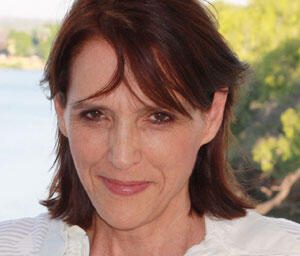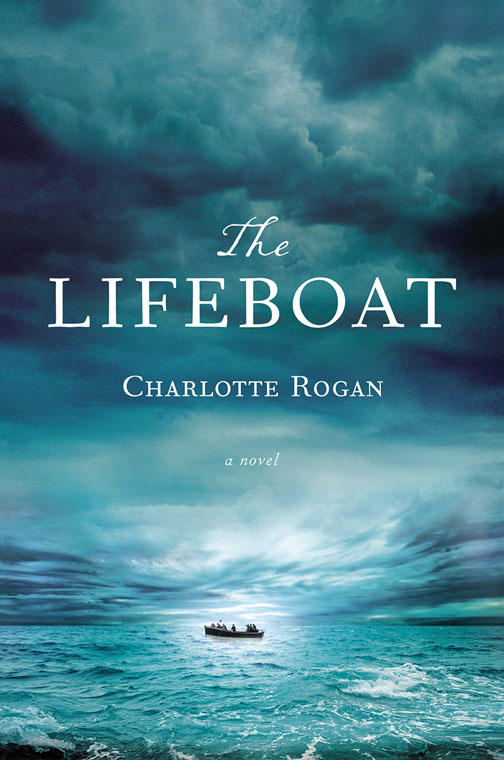The idea for The Lifeboat — Charlotte Rogan ’75’s debut novel set in 1914 about a group of people who spend three weeks at sea after an explosion on an ocean liner — emerged in 1999. Grace Winter, who would become the novel’s main character and narrator, was part of another story Rogan had written. On and off over the next 10 years, Rogan worked on Grace’s tale.
Since Rogan started writing fiction 25 years ago, she has produced four other novels. Occasionally she tried to get them published, but she wasn’t much interested in or very good at the selling process.
Enter Sara Mosle ’86. She had heard that Rogan had triplets and contacted her in 2008 to see if she could interview Rogan’s children for a story she was writing for The New York Times. Rogan and Mosle became friends, and Mosle introduced Rogan to her literary agent. The Lifeboat was published by Reagan Arthur Books/Little, Brown and Company in April.
The novel opens after the boat’s rescue as Grace, a 22-year-old American, and two other surviving passengers are about to go on trial, accused of committing a crime on the lifeboat. Then the scene shifts to the lifeboat, and Grace retells the story of those days and nights waiting for rescue.
Newly married, Grace has secured a place on the overcrowded boat, but her husband has not. The only seaman on board, John Hardie, takes charge and makes tough decisions to ensure the safety of the passengers — refusing to save a boy in the water and beating off three men who try to board the boat. At one point, to ride out rough seas, it is determined that two people must sacrifice themselves to lighten the boat, and the men on board draw straws. At other times passengers mysteriously disappear. Eventually an overthrow of Hardie brews. The last part of the novel returns to the trial.
Rogan “circles around society’s ideas about what it means to be human, what responsibilities we have to each other, and whether we can be blamed for choices made in order to survive,” wrote Publishers Weekly, which called the novel “a complex and engrossing psychological drama.”
An architecture major at Princeton, Rogan worked in the engineering branch of Turner Construction Co. and took graduate courses in architecture, civil engineering, and business. “I never found what I should be. I was never at all sure,” she says, that is, until she began taking creative-writing classes in her 30s.
The Lifeboat was chosen as a “must-read” debut novel by The Sunday Times of London and made the British bookseller Waterstones’ list of the best debut novels of 2012. At a Waterstones party for the 11 new novelists on the list, Rogan, 58, thought the other writers would be “adorable young things.” As it turns out, another was also in her 50s and someone else 49. Says Rogan: “The message to other unpublished writers is to stick with it. It can happen.”
WHAT SHE JUST READ: Tom McCarthy’s Remainder
What she liked about it: “I don’t like novels that open with endless exposition and explanation. McCarthy just throws the readers into his story midstream and trusts that they can swim.”














No responses yet